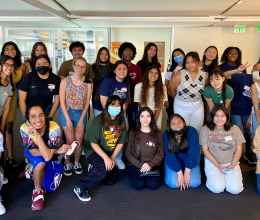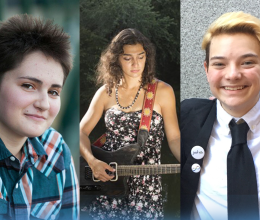
Counterproductive And Wasteful
Los Angeles’ daytime curfew pushes students away from school and diverts resources away from real community safety.
In 1995, the Los Angeles City Council passed an ordinance establishing a daytime curfew for the city’s youth. Promulgated as Los Angeles Municipal Code (LAMC) § 45.04, the law as currently written makes it unlawful, with limited exceptions, for any youth under the age of 18 to be in a public place during hours of the day when the youth’s school is in session. Between 2005 and 2009, the Los Angeles Police Department (LAPD) and the Los Angeles School Police Department (LASPD) issued more than 47,000 tickets under the ordinance.
This report – based on a review of scientific research, interviews with and surveys of thousands of students, and data obtained from LAPD, LASPD, and other public agencies – argues that LAMC § 45.04 is a fundamentally misguided policy. The curfew, which has increasingly been used as an enforcement tool to improve student attendance, in fact causes students to miss school. The curfew’s economic burdens – which include hefty fines, missed days of school to attend court hearings, and lost earnings by parents who must accompany their children to court – fall most heavily on low-income communities and families that are least able to afford them. And the law has been applied in a manner that disproportionately affects black and Latino youth, who have been issued curfew citations under LAMC § 45.04 in numbers that far exceed their percentage of the population – a fact which, among others, exposes the city and other agencies to legal liability.
Moreover, substantial research shows that curfew laws are ineffective in achieving their stated purpose of reducing crime. LAMC § 45.04 diverts resources away from addressing serious crime, forcing police to address student attendance matters which are properly addressed by schools and families, not the penal system.
Documents
Related content

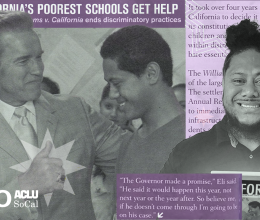
Beyond the classroom: how students sued California for almost $1...
November 2, 2023
No Police in Schools
August 24, 2021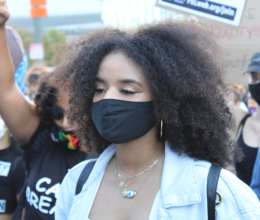
Even in COVID, student mental health is still not a priority
January 6, 2021
Yes on 15 is yes on racial justice
October 30, 2020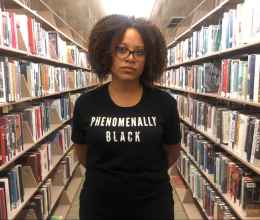
Banning My “Phenomenally Black” Shirt Is Only a Symptom of the...
August 4, 2020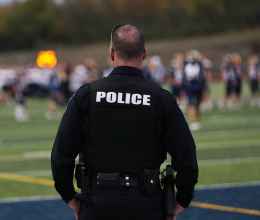
P.R.O.M.I.S.E Act (AB 1007)
July 23, 2020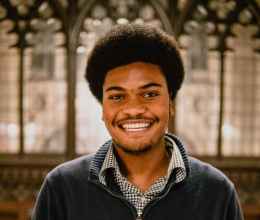
Defund Los Angeles School Police
June 22, 2020